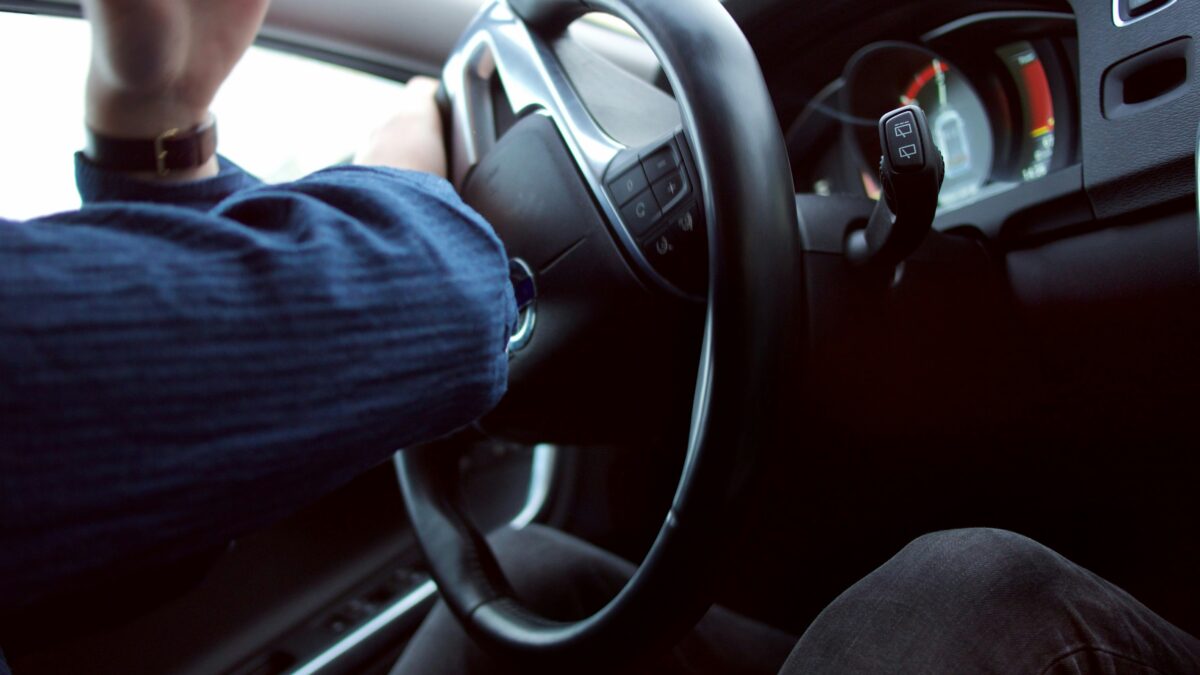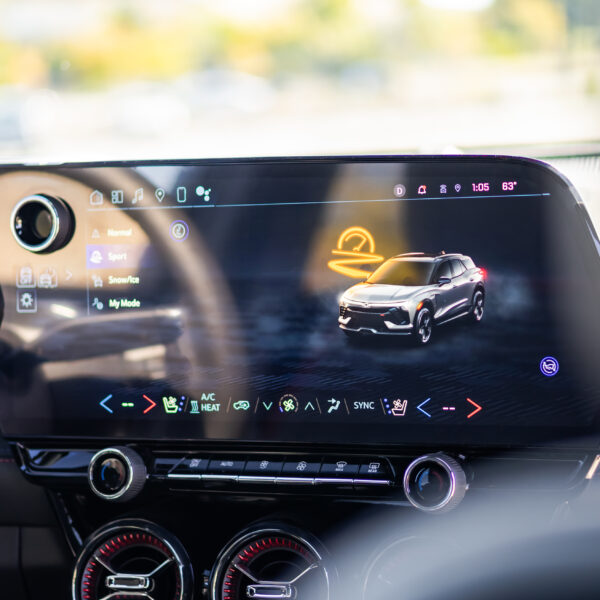4-Way Stops: Who Has The Right Of Way?
There’s always that awkward moment when you approach a 4-way stop. Sometimes four vehicles coming from different directions arrive just at the same time. Instantly, your mind goes: “Was I here first?”. Every driver starts to question who will make the first move.
A 4-way stop, also known as an all-way stop, is meant to keep traffic flowing safely. But many times this traffic system can lead to frustration and potential hazards if drivers don’t abide by these simple rules of the road.
Find out the four rules of a 4-way stop below, including what factors influence drivers’ decision-making.
Rule #1: First come, first serve
The first car to arrive at the intersection should always receive the right of way. This rule is set in stone and shouldn’t be too hard to follow. Consider yourself lucky when you know who was the first to arrive. As long as all drivers follow this simple rule, there should be no confusion or possibility of collison.
Rule #2: Always yield to the right
When multiple vehicles arrive at a 4-way stop at the same time, the vehicle to right has the thumbs up to go. This applies to any number of cars, the left must always yield to the right, and continue to do so until it is their turn.
Whenever in doubt, just remember: right is always right.
Rule #3: Always use turn signals at 4-way stops
Another important note, using turn signals significantly helps 4-way safety. Alerting other drivers that you intend to turn left when they are planning to go straight, will help set the pattern for drivers to follow.
When two vehicles are going head-to-head in an all-way stop, the vehicle going straight should always have the right of way.
Note: You can always flash your headlights to signal to the other driver that they have the right of way.
Rule #4: Right turn overrules left turn
The minute you find yourself head-to-head with another turning vehicle, consider the following. The person turning right will always have the right of way. If you are making a left-hand turn in the intersection of an all-way stop, then put on your turn signal and cautiously ease into the turn after the right turn driver has completed their move.
Breaking down the human perspective
Several factors can influence the fluidity of a 4-way stop. For one, weather can greatly influence how drivers communicate. For example, rain can impair the driver’s vision or make turn signals more difficult to see.
Pedestrians are also a factor. On top of the stress of vehicles, drivers must also keep watch for crossing pedestrians. This should go without saying, but pedestrians will always have the right of way. Stay cautious and alert.
Watch this video to see an example of what the human mind will go through during a 4-way stop.
What happens when no one follows the four rules at a 4-way stop?
There are plenty of instances when a 4-way stop goes awry. Not every driver is informed on 4-way stop safety. Some don’t even care. You will find yourself met head-to-head with aggressive and negligent drivers every day, the important thing is to remain cautious.
If there is an aggressive driver at the same 4-way stop as you, they will probably try to take the lead. Just be patient. Try your best to implement these four steps and hopefully others drivers will follow cue.
To find out more about right of way laws in Florida, click here.
















first come first serve.. right turns go first ? I thought this was the norm ?
Very helpful article. I will definitely start applying these rules to my driving routine. Hopefully other people on the road will do the same
This is great!
Umm, everywhere else I’ve looked at had clearly stated 4-ways go in a clockwise pattern, NOT counterclockwise?
Great article! It’s been many, many years since I started driving and I forgot the basics so this was a nice reminder.
Most drivers need a refreshers course on this ,atter
Great article. In my area however, the greatest confusion for some drivers seems to happen when coming to a 4 way stop with multiple vehicles waiting in all 4 lanes. Could you expand upon this article to cover this situation in depth?
It is not the first car to ARRIVE at the junction that counts, it is the first car to STOP. This is crucial, as many cars do not properly stop. Basically, you don’t get in the queue to move until you fully STOP. Especially important for the priority to the right rule. If you STOP before the car to your right stops, then you still get to go before him. Priority to the right only applies if they STOP before you do.
PS. I’m from the UK, there are no 4-Way Stop junctions in Europe, because they are dumb. We have lights, or a roundabout or – more commonly – a major road and a minor road. Any of these work better than a junction where every pickup truck apparently thinks they have priority…
See my post. It is all about who STOPPED first.